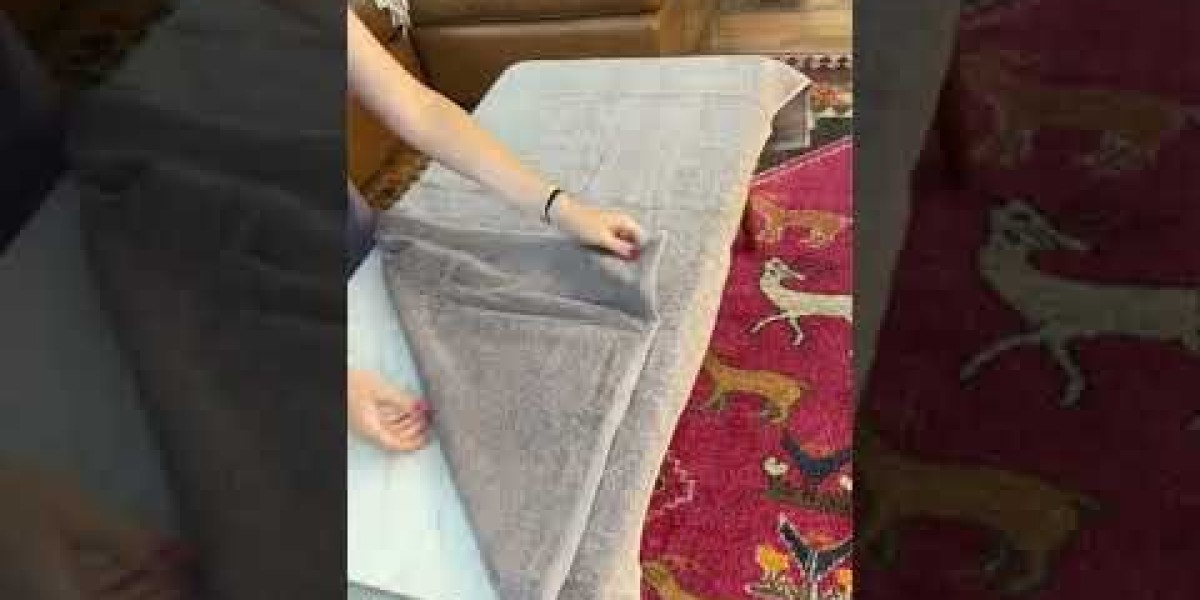Fractals, with their mesmerizing complexity and infinite detail, have found a unique and captivating place in the world of art. Originating from mathematical concepts, fractals have transcended their scientific roots to inspire a distinctive genre of visual art known as fractal artwork. This genre harnesses the principles of fractalization to create stunning, intricate images that captivate and intrigue viewers.
The Concept of Fractals
Fractals are complex geometric shapes that can be split into parts, each of which is a reduced-scale copy of the whole. This property, known as self-similarity, is central to fractal geometry. Fractals are not only mathematical constructs but also naturally occurring phenomena, found in structures such as snowflakes, mountain ranges, and coastlines.
Fractals in Art: A Blend of Mathematics and Creativity
Fractal art involves using mathematical algorithms to generate images, animations, and other visual representations of fractals. Artists use software to create these intricate designs, which can range from abstract patterns to realistic natural forms. The resulting artwork is characterized by its detailed and often symmetrical patterns, which evoke a sense of complexity and infinity.
The Allure of Fractal Artwork
Fractal artwork is appreciated for its aesthetic beauty and the sense of wonder it evokes. The patterns in fractal art often appear to have a natural, organic quality, despite being generated by mathematical formulas. This paradox of combining the precision of mathematics with the organic beauty of nature is what makes fractal art so intriguing.
One of the most famous examples of fractal art is the Mandelbrot set, discovered by mathematician Benoît B. Mandelbrot. The Mandelbrot set produces an infinitely complex boundary that reveals intricate, self-similar structures at every level of magnification. This set has inspired countless artists to explore and create their own interpretations of fractal patterns.
Fractal Art Images: Visual Feasts of Detail
Fractal art images are visually stunning, with intricate details that can be endlessly explored. These images often feature repeating patterns and vibrant colors, creating a hypnotic effect. The complexity of fractal images can be adjusted by changing the parameters of the algorithms used to generate them, allowing artists to create an infinite variety of designs.
The digital nature of fractal art allows for high-resolution prints, making it possible to produce large, detailed artworks that retain their sharpness and clarity. These images can be used in various forms of media, from digital displays to traditional prints, making fractal art a versatile and dynamic form of expression.
Fractalization: The Process Behind the Art
Fractalization is the process of applying fractal geometry to create or enhance images. This involves using algorithms to generate fractal patterns or to transform existing images into fractal-like designs. The process can be entirely digital, using computer software to manipulate images and create fractal patterns.
Artists can use fractalization to add a unique dimension to their work, creating pieces that are rich in detail and complexity. The process allows for a high degree of creativity, as artists can experiment with different algorithms and parameters to achieve the desired effect.
The Impact of Fractals in Contemporary Art
Fractals have had a significant impact on contemporary art, influencing not only digital artists but also those working in traditional media. Painters, sculptors, and mixed-media artists have incorporated fractal patterns and principles into their work, exploring the interplay between chaos and order, complexity and simplicity.
The use of fractals in art also opens up new possibilities for interactive and generative art. By using algorithms to create dynamic, evolving fractal patterns, artists can produce works that change over time, providing a constantly shifting visual experience for the viewer.
Fractals in art represent a fascinating intersection of mathematics and creativity, offering endless possibilities for artistic expression. Through the use of fractalization, artists can create intricate, detailed images that captivate and inspire. Whether through digital media or traditional forms, fractal artwork continues to push the boundaries of visual art, revealing the inherent beauty and complexity of the mathematical world.


